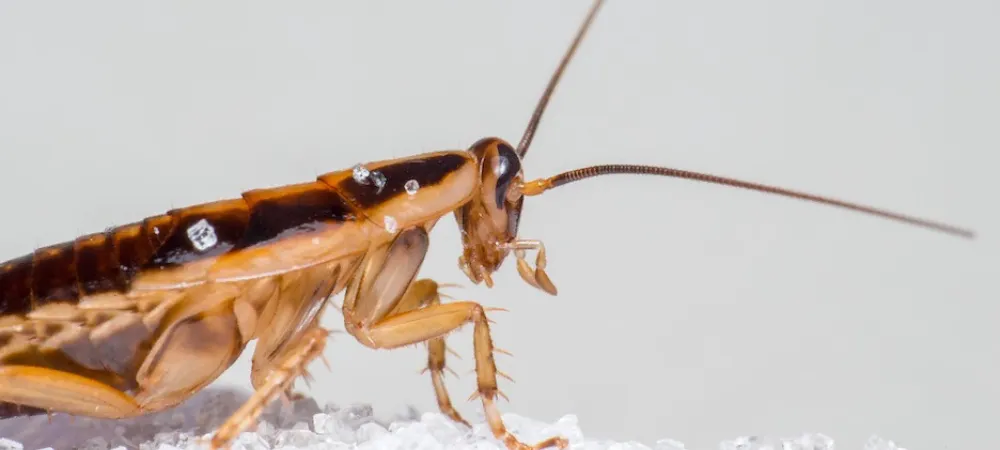Identifying Pest Droppings in Your Home

As homeowners, we strive to make our living spaces clean and pest-free. Yet, sometimes, unwanted guests find their way into our homes, leaving behind not-so-subtle clues of their presence. Yes, we're talking about pest droppings. These tiny remnants are not only unsightly but can also indicate a potential infestation that could pose risks to both your home and your family's health if left unaddressed. Suburban Pest Control can provide you with tips on how to identify the culprits lurking in your home.
Termites: The Silent Destroyers
If you see piles of small pellets that look like sawdust in your home, you may have a termite infestation. These piles, called frass, consist of droppings that vary in color from light brown to black. Frass has a sandy appearance, resembling soil or coffee grounds. While frass is not harmful to humans, its presence indicates a serious problem. Termites can cause significant damage to your home's structure, which can be expensive and time-consuming to fix. If you suspect termites, it is important to contact the professionals at Suburban Pest Control immediately to prevent further damage.
Roaches: The Persistent Intruders
Roaches are not only notorious for scurrying around in the dark but are also prolific droppers. With over 4,000 species worldwide, roach droppings can vary, but they generally resemble ground coffee or black pepper. Roaches tend to make the biggest mess near their nesting areas, such as under fridges, in cabinets, and crevices. If you spot roach droppings, it's a sign of an infestation that requires immediate attention to prevent the spread of disease and further damage.
Mice: Not Your Friendly Housemates
Mice infestations are a common problem in many households. To identify mouse droppings, look for small, oval-shaped pellets about the size of a grain of rice. Fresh droppings are usually darker, while older infestations may have a gray, crumbly appearance. It's important to note that if you notice ridges on the droppings, they may be from cockroaches rather than mice. Mice tend to leave their droppings in cabinets, along countertops, in attics, and near food sources. If you discover mouse droppings, taking swift action is vital to eliminate the infestation and prevent further damage.
Rats: The Bigger, Bolder Cousins
Rat droppings closely resemble those of mice, making it challenging to differentiate between the two at first glance. However, there are some key differences to keep in mind. Rat droppings are generally larger, smoother, and have more rounded ends compared to mouse droppings. While mice tend to release a plethora of droppings, rats drop fewer but larger feces. Like mice, rat droppings are often found in similar places, such as cabinets, attics, and near food sources. Swift action is necessary to mitigate the risks of a rat infestation and prevent property damage.
Conclusion: Reclaim a Pest-Free Home
Pest droppings may be a repulsive sight, but they provide invaluable clues about the presence of unwelcome critters in your living space. By familiarizing yourself with the droppings left behind by common pests like termites, roaches, mice, and rats, you can identify potential infestations and take timely action to address them. Remember, prevention is key when it comes to pest control, so if you suspect an infestation, it's always best to seek the help of the professionals at Suburban Pest Control, who can accurately identify the invaders and eliminate them at the source. Don't let pests take over your home - take back control and reclaim a pest-free environment for you and your family!
Don't let unwanted pests compromise your comfort and safety another day. With over 51 years of family-owned expertise, Suburban Pest Control offers fast, discreet solutions tailored to your needs. Our dedicated team of professionals stands ready to eliminate your pest problems while upholding our core values of integrity, teamwork, and exceptional service. Contact us today for a consultation and experience the peace of mind that comes with entrusting your home or business to a company that has been protecting our community since 1974.
